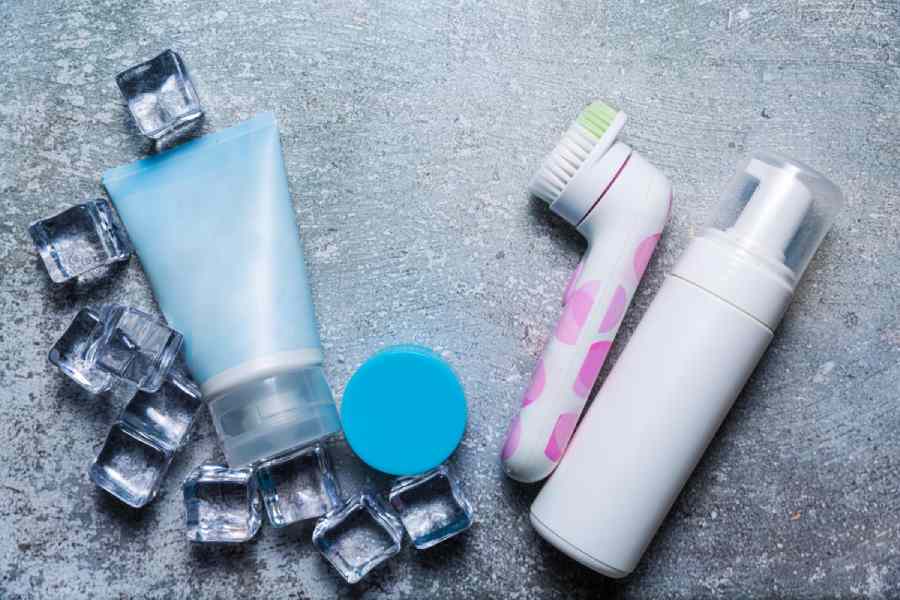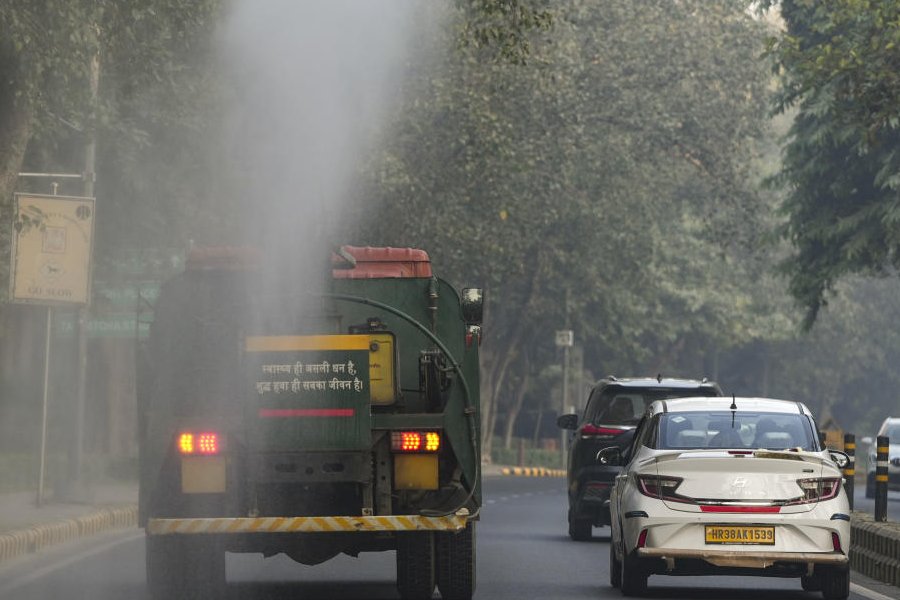Four in 10 beauty and personal care products sampled in India contained concentrations of potentially harmful compounds called siloxanes that exceeded the European Union guideline limit, government scientists have said, urging regulatory checks.
Their study found that roughly 40 per cent of 174 samples bought from local markets exceeded the EU’s siloxane limit of 0.1 per cent for wash-off and leave-on products. In some, the concentrations were very high — one had 100 times the limit, another 760 times.
Siloxanes — compounds made of silicon, oxygen and carbon — are widely used in cosmetics for their silky texture, ease of spread, and fast-drying properties. While they are under scrutiny in some countries for environmental persistence and health risks seen in lab animal studies, there is currently no evidence of harm to humans from cosmetic use.
Scientists at the National Environmental Engineering Research Institute (NEERI) in Nagpur measured the concentrations of different siloxanes in products such as shampoos, hair sprays, baby body lotions, foundations, concealers, lip colours, lip balms and body and face washes.
Their findings “underscore the need for regulations in India to minimise the risk due to siloxane exposure from beauty and skin care products”, Asirvatham Ramesh Kumar, a principal scientist at NEERI, and his colleagues wrote in their study, published in the journal Science of the Total Environment.
Lab animal studies and research reviews by scientists in Poland, South Korea and the US have suggested that compounds called cyclic siloxanes may damage the lungs and liver and affect the immune, nervous and reproductive systems.
Amid such concerns, EU authorities have classified three cyclic siloxanes — known as D4, D5 and D6 — as substances of “high concern” and restricted their concentrations in wash-off and leave-on products to 0.1 per cent. However, India lacks legislation to regulate siloxanes in personal care products.
Consumer exposure to siloxanes in cosmetic products occurs through skin and inhalation, scientists say. The NEERI scientists found D5 and D6 to be the most frequently used siloxanes in the samples they examined.
Among the 174 samples tested, D5 levels in 63 (36 per cent) and D6 levels in 39 (22 per cent) exceeded 10 per cent. One product contained D5 at 761 milligrams per gram — or 76 per cent, that is, 760 times the EU limit.
The study by the NEERI — a lab under India’s Council of Scientific and Industrial Research — has also flagged label discrepancies, where the ingredients listed did not match the actual content.
For instance, while only 50 per cent of the deodorant samples listed siloxanes, cyclic variants were found in all. Some makeup products — including primers, lip colours and lip balms — contained more than 1 per cent siloxanes without disclosing them on the labels.
A 2022 study by US researchers had shown that cyclic siloxanes can linger in the air long after use, potentially exposing people to one to 17 milligrams of the chemicals during a single at-home hair care session.
Nusrat Jung, assistant professor at Purdue University who had led the study, described the findings as unexpected and troubling.
“We didn’t expect such significant emissions from everyday products,” she said in a media release in November 2023, calling the findings “alarming”.
Jung, whose study was published in the journal Environmental Science and Technology, noted that the European Chemicals Agency had classified D5 as “very persistent, very bioaccumulative” although there was “little information” on its impact on humans.
Her colleague, Purdue researcher Jinglin Jiang, said that something as simple as ventilation could significantly reduce exposure.
“Our model shows that turning on bathroom exhaust fans can reduce D5 inhalation exposures by over 90 per cent,” Jiang said.










